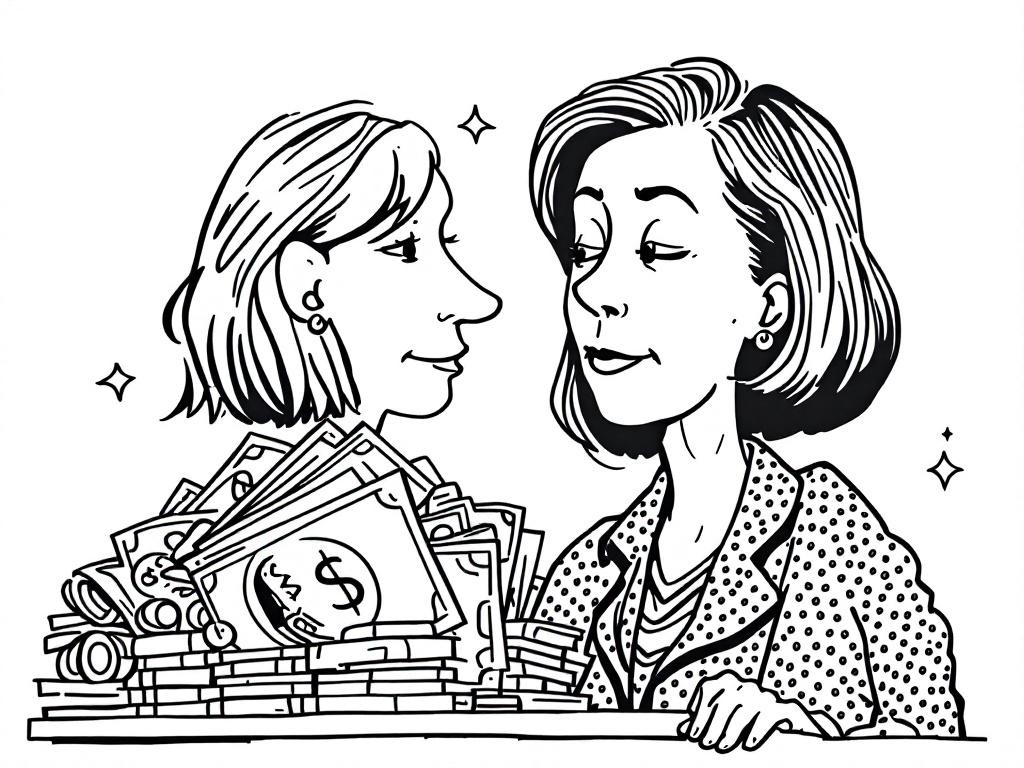Fed Governor Cautions Tariffs May Inflate U.S. Economy

Washington, D.C., Wednesday, 4 June 2025.
Federal Reserve Governor Lisa Cook warns that ongoing tariffs could reverse recent inflation declines, potentially complicating future monetary policies and impacting the economic recovery.
Economic Warning from the Federal Reserve
On Tuesday, 3 June 2025, Federal Reserve Governor Lisa Cook expressed concerns that existing tariffs might reverse the recent trend of falling inflation, a scenario that could complicate future monetary policy decisions made by the Federal Reserve. She highlighted that these tariffs could increase production costs, ultimately leading to higher inflation rates. The core inflation rate currently stands at 2.5%, while headline inflation is at 2.1% as of April 2025 [1]. Such developments put the central bank in a challenging position as it prepares for its policy meeting on 17-18 June 2025 [1].
Trade Policies and Economic Impact
The Trump administration’s trade policies are viewed as a significant risk to the economic stability of the United States, according to Lisa Cook. While she refrained from criticizing specific administrative decisions directly, Cook mentioned that the impact of trade on inflation could prevent further progress in lowering prices [2]. Economists expect these tariffs to contribute to increased costs, which might adversely affect the labor market by slowing hiring and economic growth throughout 2025 [3].
Potential Stagflation Concerns
The risk of stagflation, an economic condition characterized by stagnant growth and high inflation, could emerge from the current tariff-induced pressures. According to Cook, while U.S. economic conditions are presently solid, these tariffs represent a substantial threat that might slow the economy’s pace, increasing both inflation rates and costs for consumers [2][3]. This expectation contributes to a climate of uncertainty, complicating the Federal Reserve’s efforts to achieve its dual mandate of maximum employment and price stability.
Market Responses and Future Financial Policy
Following these developments, financial markets have demonstrated visible reactions, with yields on U.S. government debt experiencing highs not seen earlier in the session. On the 3 June 2025 session, the 10-year Treasury yield increased to 4.47%, and the 30-year yield approached 5%, indicating that investors expect enduring inflationary pressures [4]. The Federal Reserve is projected to maintain its current interest rate stance at its upcoming meeting, well aware of the delicate balance between safeguarding economic growth and curbing inflation [1][4].